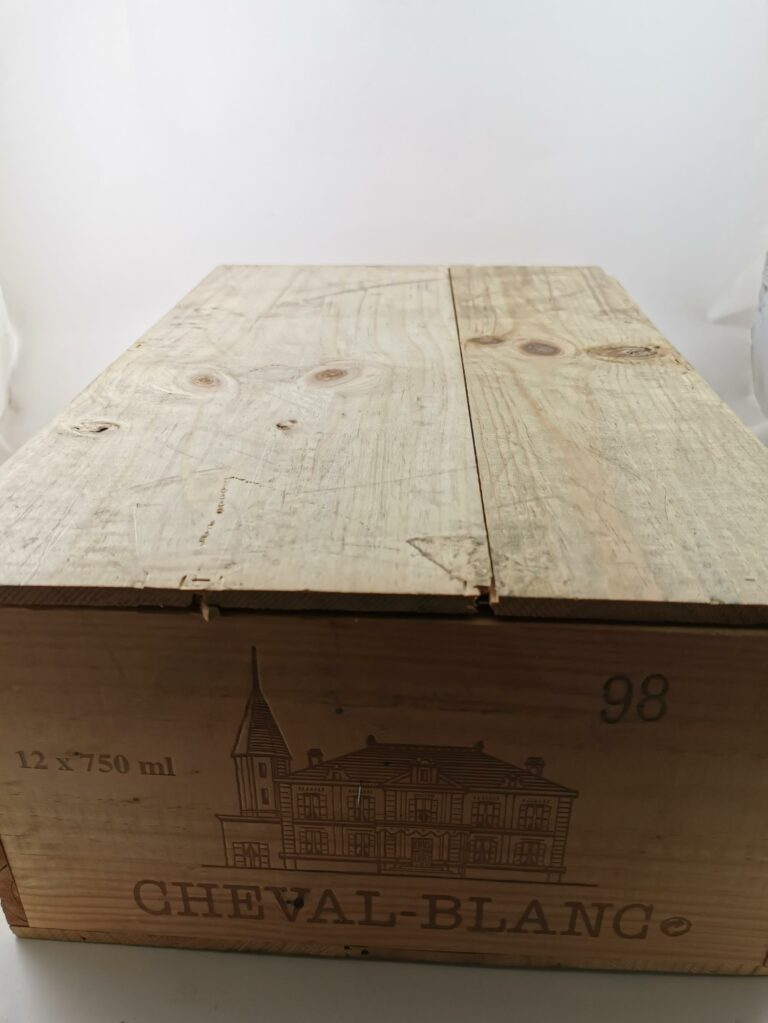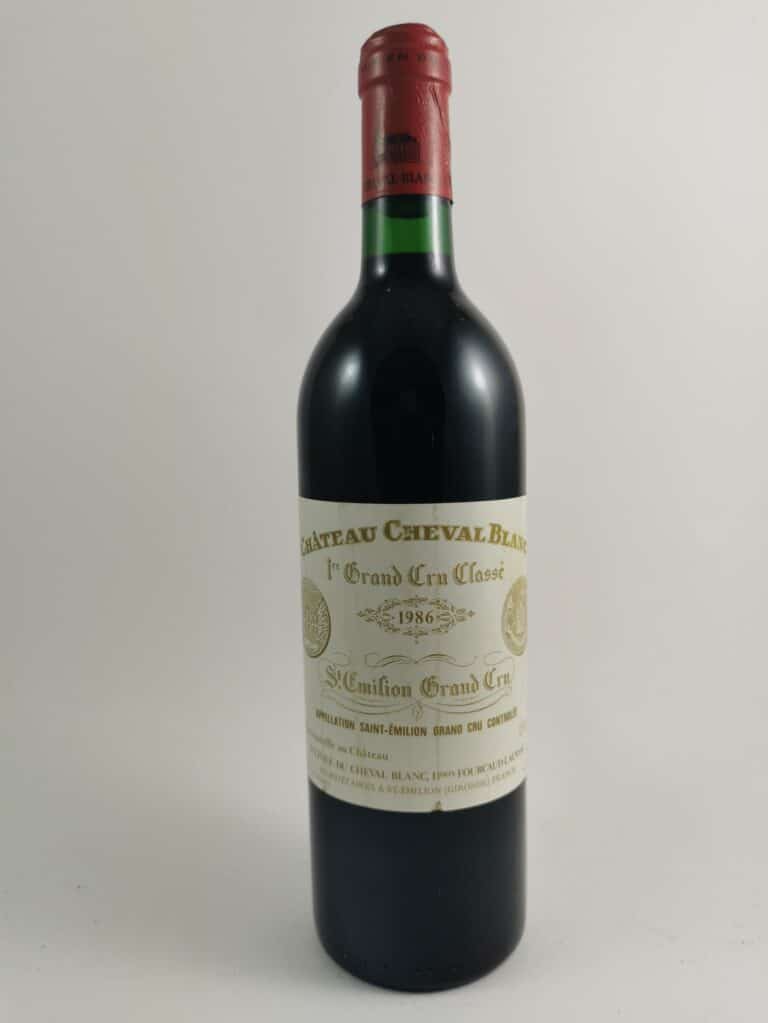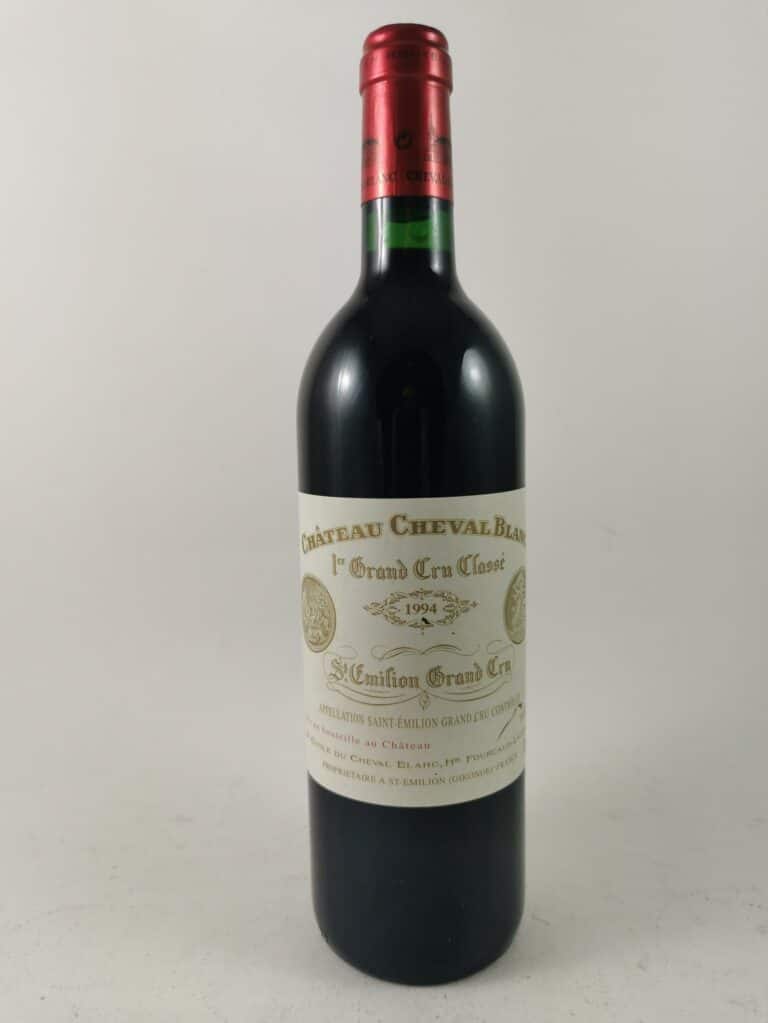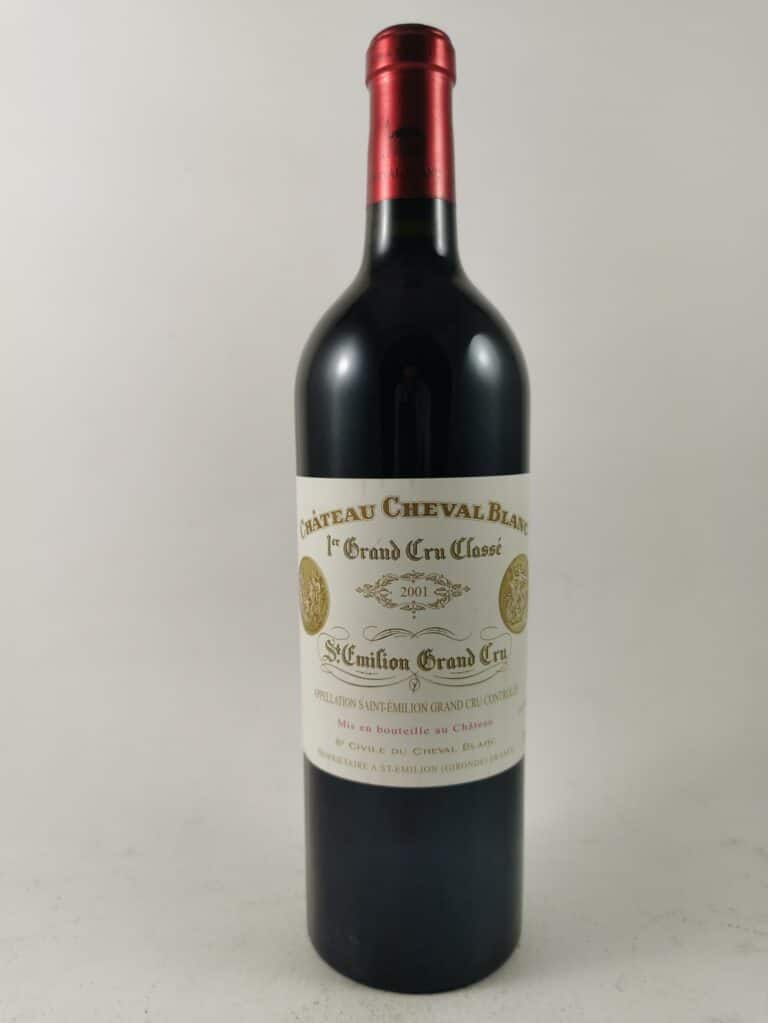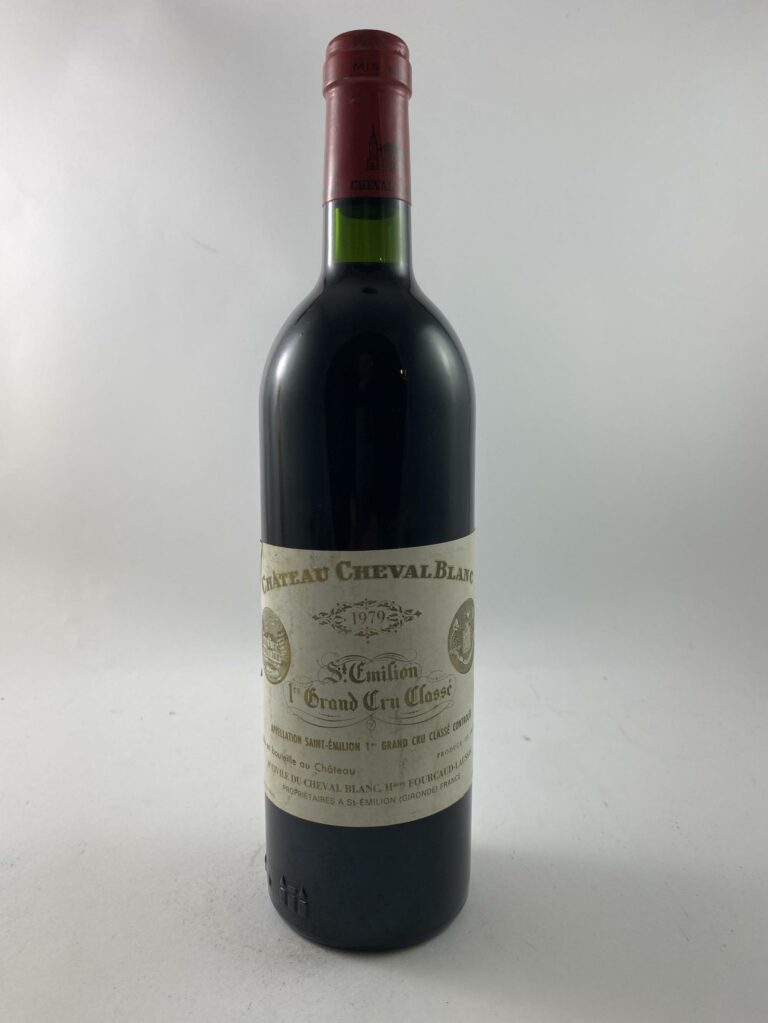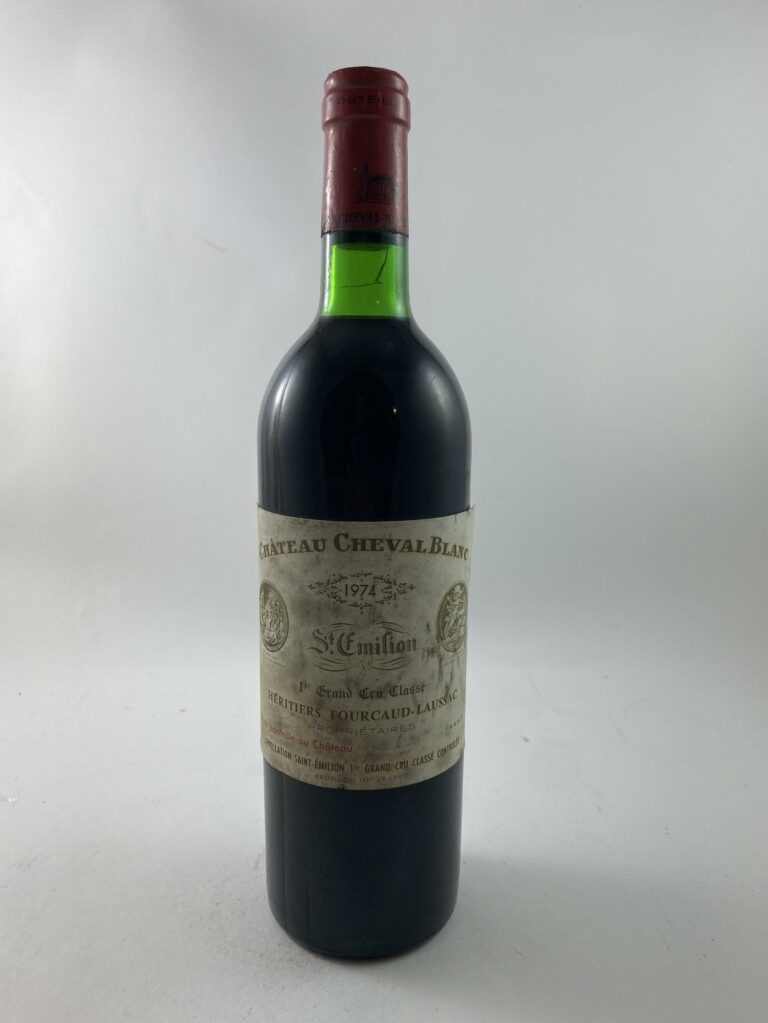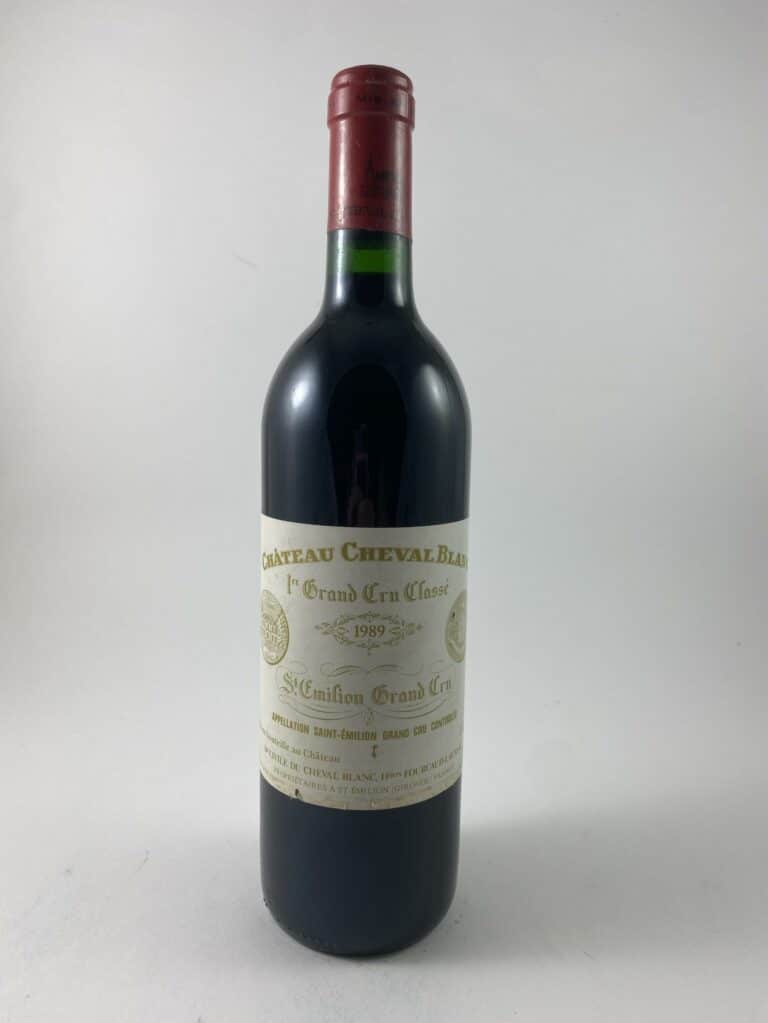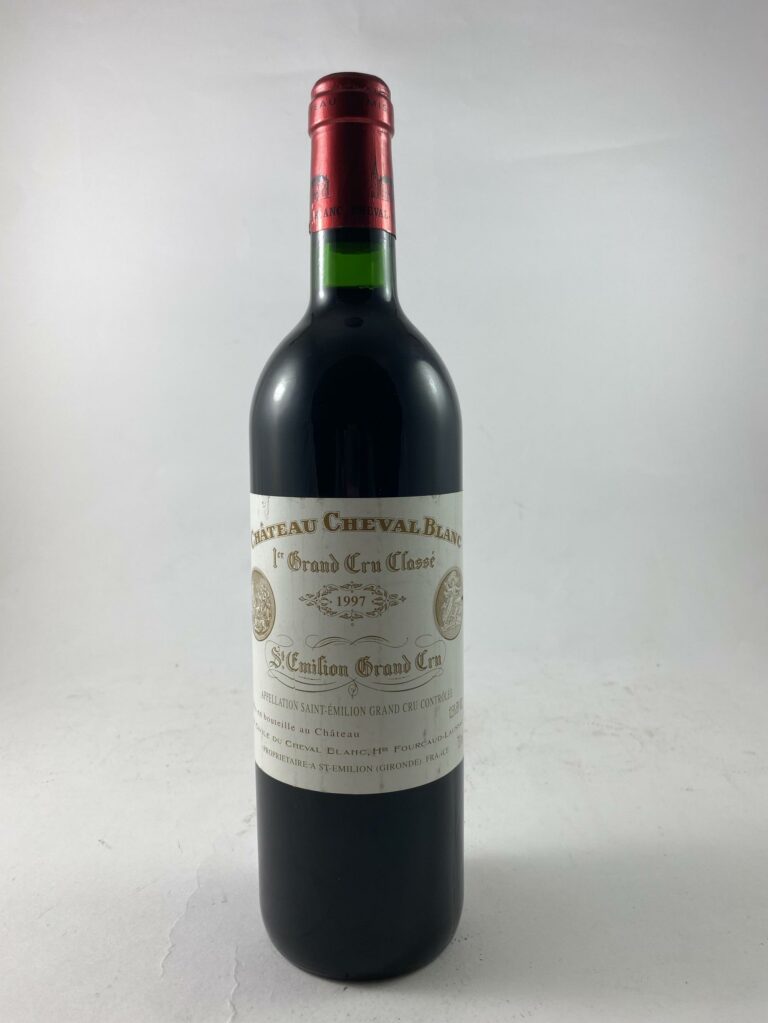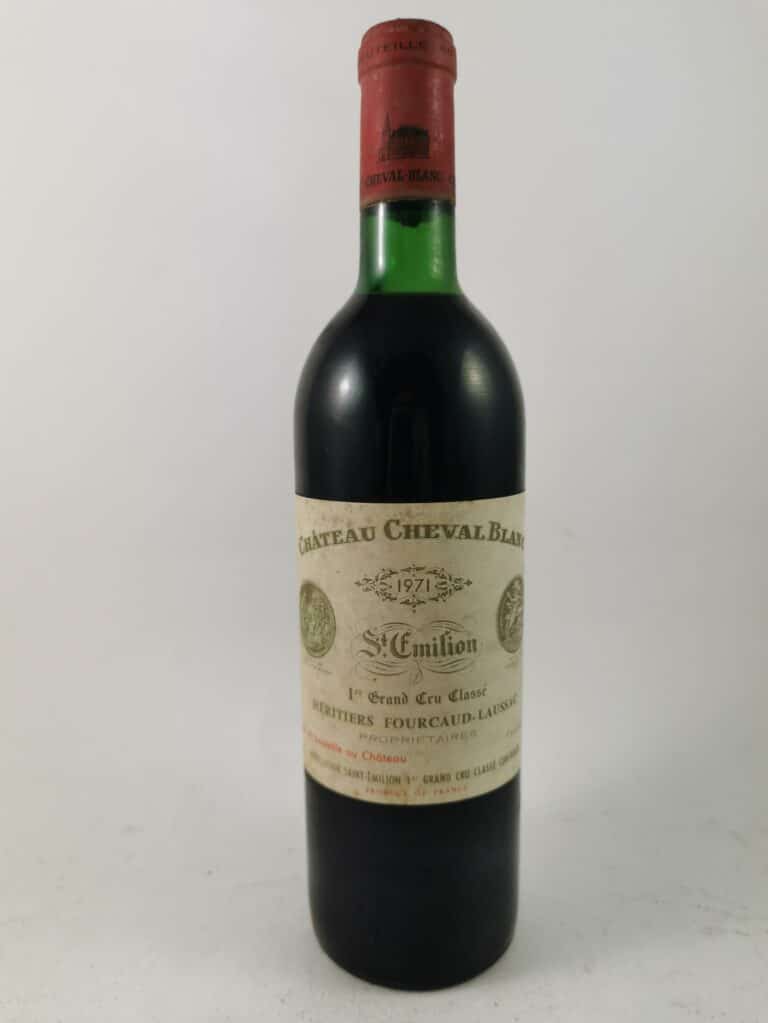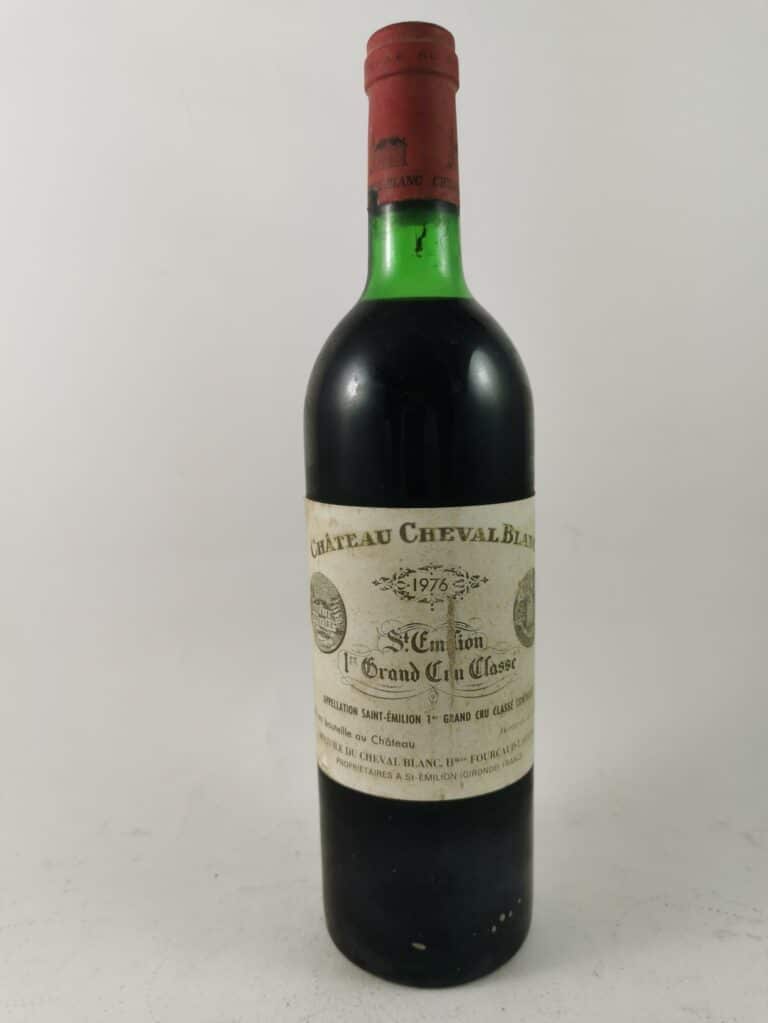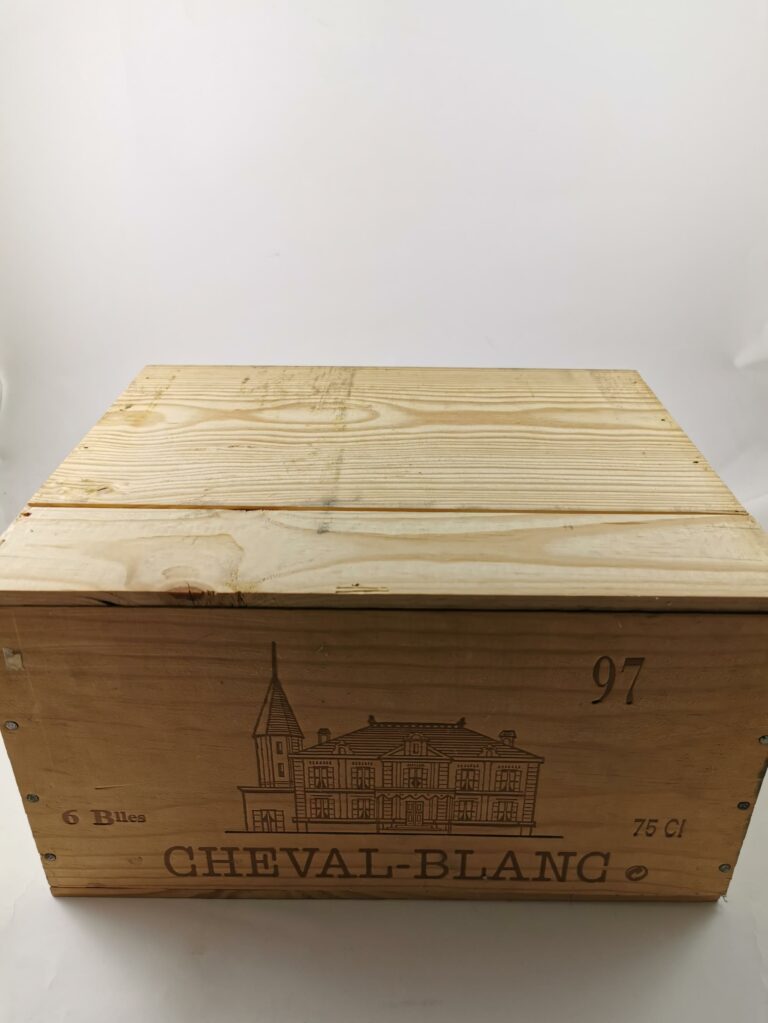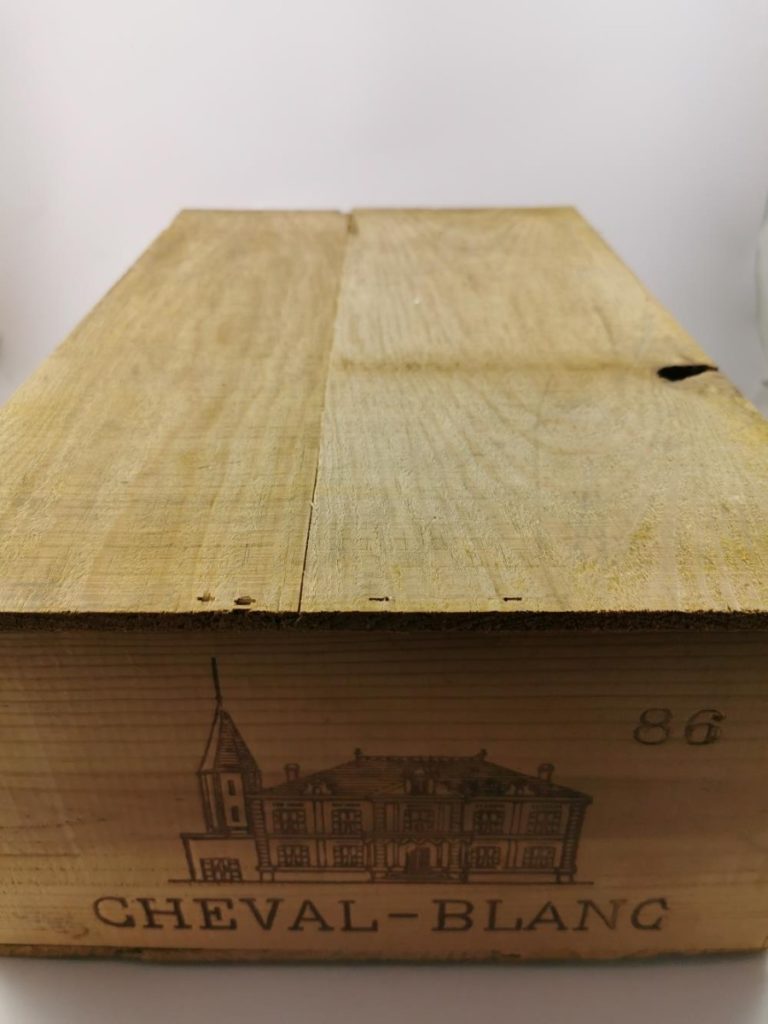Château Cheval Blanc wine
The origins of Château Cheval Blanc
Archives testify to the existence of vines cultivated at Cheval Blanc as early as the 15th century. Texts dated 1546 explain that the owner of these lands gave these vines in lease, and a contract of 1587 mentions that the tenant farmer “stayed there to sleep at night to keep the harvested fruits of the said vineyard”.
It was really in 1832 that Château Cheval Blanc became famous. The property was acquired by Jean-Jacques Ducasse, president of the Libourne court. For twenty years, he endeavored to buy up parcels from Château Figeac, which led to the creation of the Cheval Blanc estate, whose 39-hectare parcel of land has remained almost identical ever since. His daughter Henriette married Jean Laussac-Fourcaud, a wine merchant in Libourne, which gave new impetus to Château Cheval Blanc. Indeed, Jean Laussac-Fourcaud will undertake a spectacular modernization of the estate. He relies on the importance of the hydric constraint in order to produce more beautiful wines and imagines the creation of a network of walled and covered drains on some parcels. In the mid 1860’s, guided by an excellent inspiration, he replanted a good part of the property with Merlot, the king grape of the Right Bank, and the other half with Cabernet Franc. With this atypical choice of this singular grape variety, the domain becomes little by little prestigious in the eyes of all. He then created his own brand “Château Cheval Blanc” and decided to stop selling his bottles under the name of Figeac wine.
In 1888, Albert Fourcaud-Laussac inherited the property following the death of his father. He had twelve wooden vats installed, which were used until 1966. His sons Jacques and Joseph allow the estate to keep the rigor of excellence previously put in place by their father and grandfather.
Château Cheval Blanc obtained the supreme distinction in 1954, during the first classification of Saint-Emilion wines. It is confirmed as a Premier Grand Cru Classé “A”. Since that day, and in every decade, Cheval Blanc has never left. Cheval Blanc enters the prestigious and coveted “Club des 9”, which gathers the first among the first in Bordeaux.
The year 1998 marked a turning point at Cheval Blanc. The prestigious Château in the form of a SCI is sold for 155 million euros to Baron Albert Frère and Bernard Arnault (LVMH), after remaining in the Fourcaud-Laussac family for over 160 years. They breathed new life into the company while respecting its history and heritage and maintaining the teams in place, such as the famous Pierre Lurton. He had already been trained by his uncle André Lurton at Clos Fourtet and had attended the school of Emile Peynaud, one of the greatest French oenologists. Always in search of perfect quality, he is assisted by the oenologists Cornelis Van Leeuwen and Gilles Paquet.
In search of modernity, Baron Albert Frère and Bernard Arnault wanted to innovate with a cellar that stood out from the rest. It was designed by Christian de Portzamparc, winner of the Pritzker Architecture Price in 1994 and is installed since June 2011 in the extension of the castle. This building is integrated into a historic landscape classified as a World Heritage Site by UNESCO.
Refusing to participate in the 7th classification of the Classified Growths of Saint-Emilion in 2022, Château Cheval Blanc is no longer included.
The terroir
Château Cheval Blanc is located at the northwestern end of Saint-Emilion, bordering the territory of Pomerol. The departmental road 245 separates it from its neighbors La Tour du Pin Figeac and Figeac. In Saint-Emilion, the varieties of soils are common. This red wine of Bordeaux benefits from terraces of silico-clay, blue clay covered with rocks rich in iron oxide and some croups of gravel, which gives it a very marked organoleptic identity.
Nevertheless, the true originality of Cheval Blanc lies in its grape varieties, which are very atypical of the rest of the appellation. We find Cabernet Franc (52%), Merlot (43%) and Cabernet Sauvignon (5%). Each parcel has its own characteristics (age, area, soil type, rootstock, grape variety).
The vinification of the wines of Château du Cheval Blanc
To preserve the quality of the grapes, in the vineyard, the harvest is done manually and accompanied by a first sorting in the vineyard, then the harvest is mechanically destemmed with a second sorting.
Once in the vats, the alcoholic fermentation is triggered on the second day by the action of the yeasts. The skins are pushed to the top of the tank by the release of CO2, which creates a cap of marc after twelve hours of fermentation. Several times a day, a pumping-over operation is started to percolate on the marc cap. Once the desired density is reached, pumping over is finished. The juice is then left in contact with the marc for a few days, without manipulation
Later, the blending will take place for the Second Wine “Le Petit Cheval”.
At the end of autumn, after the vinification, the wine will stay between sixteen and eighteen months in the basement of the cellar in oak barrels.
The wines of Château Cheval Blanc
The estate produces two red wines and one white.
The Grand Vin de Cheval Blanc (red) is voluptuous, exotic, deep with notes of ripe black fruits such as black currant, plum, cherry, added to aromas of menthol and leather. It benefits from a great length in mouth with a strong concentration in the great vintages.
The apogee is around 10 to 30 years depending on the vintage, some like 1947, 1948, 1949 and 1964 can be kept for more than 50 years.
The second wine Le Petit Cheval is not systematically produced every year as in 2015 for example. This one is less tannic and has more flexibility. 8 to 15 years of aging in the cellar before being tasted.
The white wine of Château Cheval Blanc “Le Petit Cheval Blanc” was first marketed in 2004. It offers a distinct palette of aromas with apple, citrus, pear and bergamot.
Les grands millésimes : 2010, 2009, 2005, 2000, 1998, 1996, 1990, 1989, 1986, 1982, 1978, 1975, 1964, 1961, 1959, 1955, 1953, 1949, 1948, 1947, 1945, 1929, 1921
Are you interested in Saint-Emilion wines? See also our wines for the following domains:

